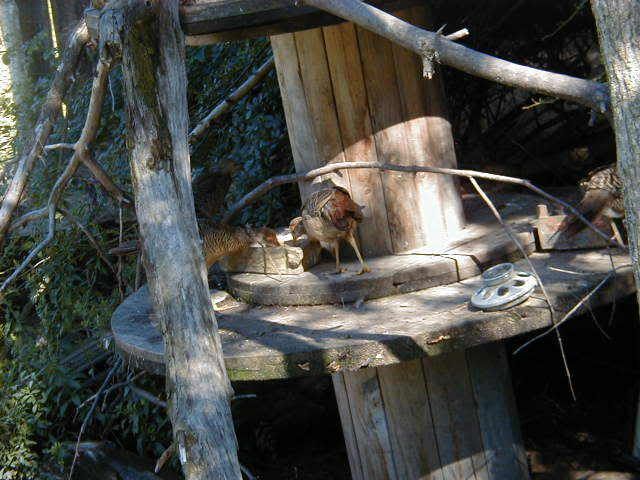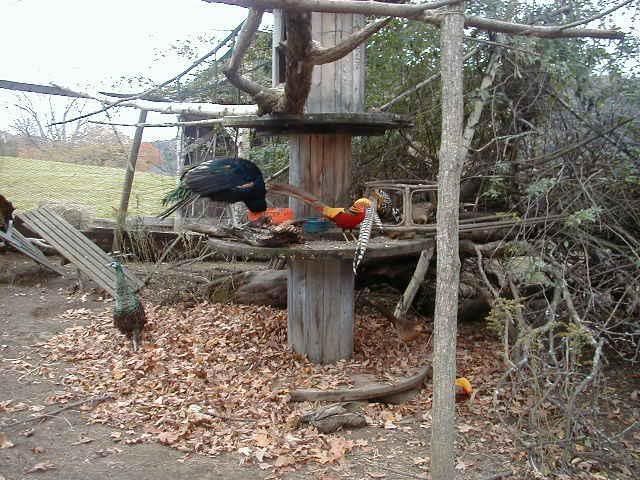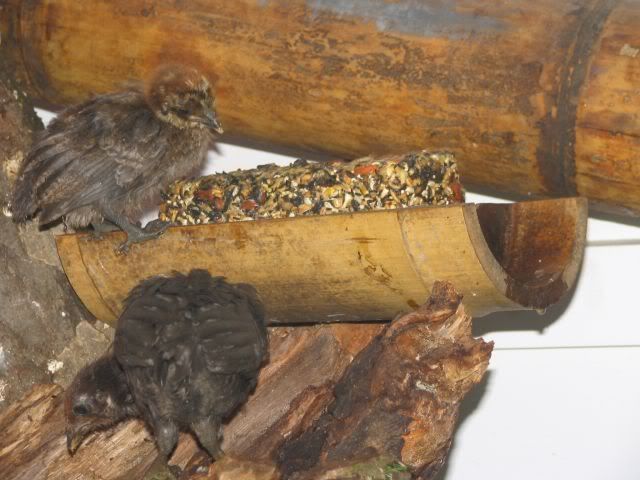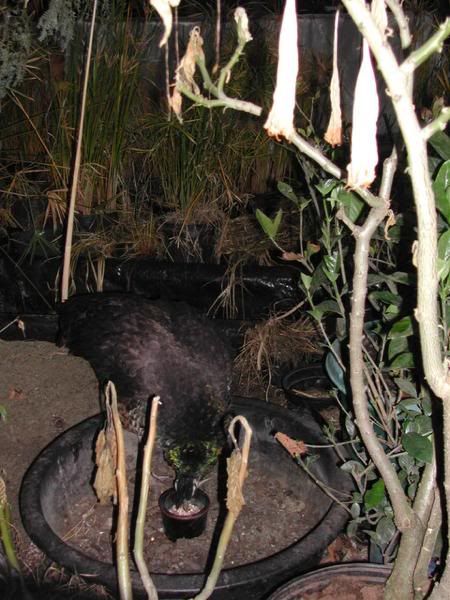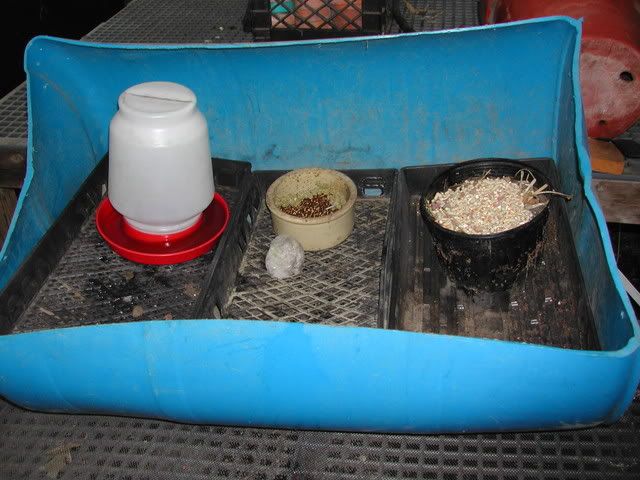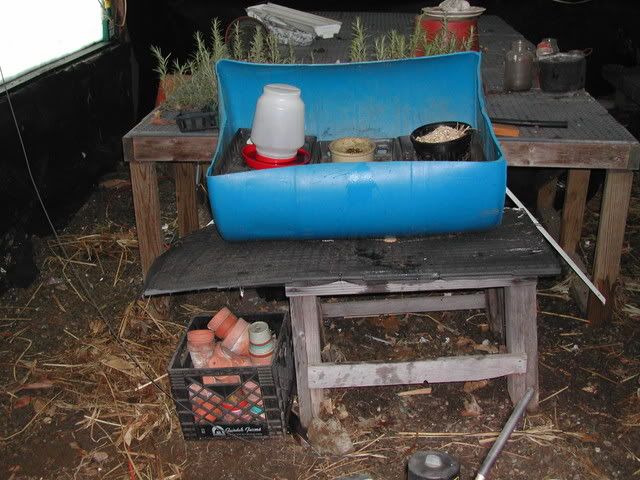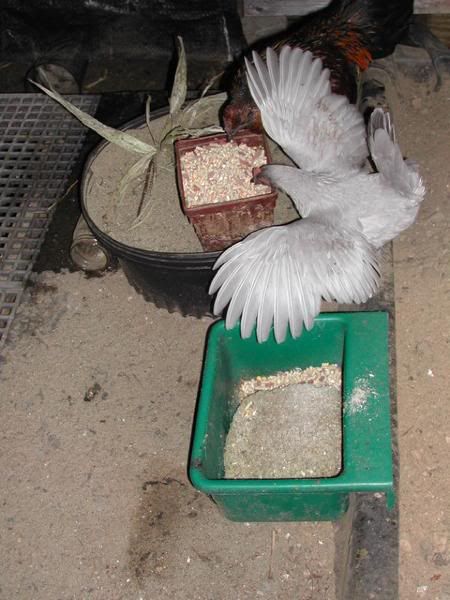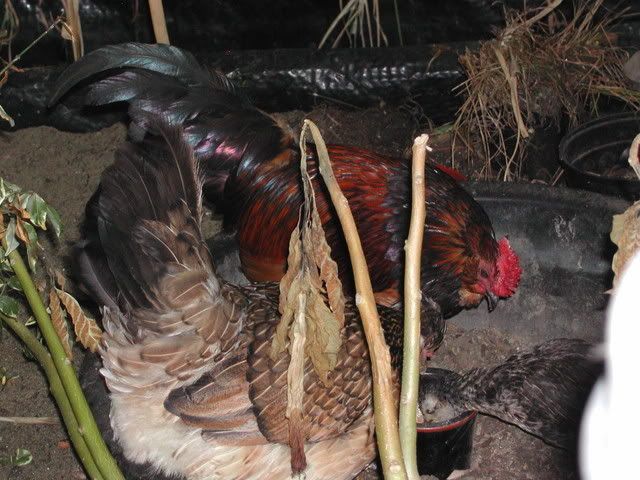Most farmers that I grew up with were to hard working to go to college and I apologize for the pedantic language of the type. The article was written for a specific magazine with a focal readership. Our objective is to educate and inform so it is unfortunate that the language is so dense.
For personal testimonials, the best place to reach out to is the Cabbage Hill Farm Foundation. (914- 241-2658) They have a very large working farm with hundreds of hens. Eggs are major part of the daily sales and primarily to upscale restaurants and health food stores. Cabbage Hill Farm has been using our feed regime exclusively for some time now. They have cut costs exponentially and increased the value of the eggs which are much more flavorful than when the hens were fed the previous commercial layer pellet. They feed nothing but an organic scratch grain which includes no soy but does include cracked corn, wheat and oats; and our extruded kibble supplement and oystershell. The hard materials in this feed regime take a while for the birds to digest so they don't overeat. The optimal nutrition of each kibble insures that the birds consume the best possible balance of nutrients with each crop digested. The grains just make them feel a bit more satiated and slow down the over eaters. Cabbage Hill Farm managers put out less than 50% of daily feed per day than when they fed a layer pellet or crumble and there is none of the waste or dust associated with these commercial feeds. The managers are thrilled with the smaller, drier and easier to deal with droppings. They have also remarked on how utlizing this strategy has ended respiratory infections and moult stress in their birds and increased production over the long term. But please ask them details as they will be able to articulate precisely what their experiences are with the supplement and from a farmer's perspective.
I would gradually introduce the birds - for example with a foragecake- cut back on the daily pellets so that you only feed as much as your flock can clean up in thirty minutes. Leave out a foragecake and let the hens go to work. It may take them a few days to really figure it out, but don't worry they won't starve. The foragecake encourages them to work for the food as nature intended. There are kibbles embedded in the cakes- along with all sorts of other treasures.
If you choose to utilize the Ultra Kibble which i strongly suggest- it comes in buckets- each bucket is mixed into a bag of whatever maintenance feed you prefer. Some will use their trusty pellet or crumble no matter what I tell them. Others will use an inexpensive scratch feed. Either way, the percentage of that maintenance food put out must be cut in half and this can be quite suddenly as there is only so much room in the crop to begin with.
The Ultra Kibble is basically made of the same ingredients as a foragecake, but rather than bound in a cake, it contains loose material including oystershell and ameliorated suet nugget, as well as kibble and select grains and nut pieces. This is a product designed specifically for poultiers ( poultry enthusiasts) and small farmers. It is designed to stretch the maintenance feed. A single fifty pound bag of pellet or scratch is going to last two to three times longer when fed in conjunction with one of the supplements. This works because of the nutrient included and the mixture of materials.
It must be reiterated that the poultier/manager will only save money when they limit the amount of maintenance fare put out daily.
If the manager of the poultry yard continues to feed out copious amounts of the daily maintenance food, they will not save any money, indeed they will be wasting the supplement. A single teaspoon of kibble is the equivalent of five tablespoons of layer crumble in nutrition.
The supplement insures that the birds get everything they need- indeed the supplements were formulated for delicate, wild species like the hard to rear wild junglefowl species depicted in the photos. This is akin to your hens eating a tablespoon of bugs with each helping.
Many of you will appreciate that your flocks eat less food in the warm months when they glean a great deal of their food outdoors while on free range. Its important to ask why. It isn't just that the birds have captured a few bugs- which are loaded in completely digestible proteins- the birds are satiated ( feel full) because they have also ingested generous amounts of dietary fiber in the form of dead leaves, rootlets, the carapace(shells) of beetles and sow bugs, and good old grit. Additionally, the birds are tired after a long day of foraging. They have spent their energy reserves and because they have full crops may simply not have any cravings left before sleep- when the most important digestive processes are underway.
Some people overfeed out of habit and do not realize that generous deposits of huge droppings below the nocturnal perch are a clear indication that the birds are simply not digesting upwards of forty percent of what is fed to them. This means that you are wasting feed and the form of agriculture you are practicing is not sustainable. The high phosphate levels of the droppings- give off the ammonia reek when you walk by the raking pile.
What is more, the birds crave certain amino acids they eat their own droppings and in this way glean more nutrients from their diet. This is also perpetuating that cycle of disease and infection.
In short, the products are designed so that the birds consume a very few items high in nutritional value in a larger mix of materials which are wholesome ( grains and seeds) but in themselves fall short of providing the complete nutrition for the species. Many people do not realize that there are no truly granivorous Galliform species. Whereas some song birds do subsist entirely on grains and seeds, all Galliform birds, even those that are seasonally vegetarian, require animal protein. Chickens scratch on the ground and nothing in their morphology, behavior or life history prepares them for a life on grain. We feed them materials that they would certainly scarf up if they encountered it in nature but the grains are simply insufficient by themselves to feed the junglefowl and the domestic chicken.
Captive species tend to be fed on huge quantities of feedstuffs which are low in nutritional value. They survive and thrive only by overeating. This is inefficient and creates a disease vector by way of perpetuation of contaminated dust/excess litter. Wild species wander over large areas to procure small portions of food that are high in nutritional value.
We realize that domestic breeds are a long way off from their wild progenitors. All the same, common sense tells us that we can combine the two seemingly opposing methods- that of nature and man.
We can feed them a generous amount of nutrient deficient grain- even organic if that is our choice, so long as we supplement with a small amount of an optimal food that covers all the bases for all the stages of growth and development of the species, the genus and the order.
While there is baked soybean meal in our extruded kibble, we do not encourage people to utilize feeds based on soybean meal that has not been heated to sufficient temperatures ( extrusion process of kibbles) so that the nutrients are readily available. In other words, do not use the supplemental kibble with a scratch grain with soy beans in it as their protein is not going to be utilized and they add an expense to the scratch that is totally unnecessary. If you choose to continue using a traditional lay pellet or crumble, with the steamed ( not heated to the sufficient temperature) soybean meal - realize that the birds will utilize the nutrients in the kibble before the locked up crude protein. This is one reason to cut way back on their daily feed output.
 )
)


